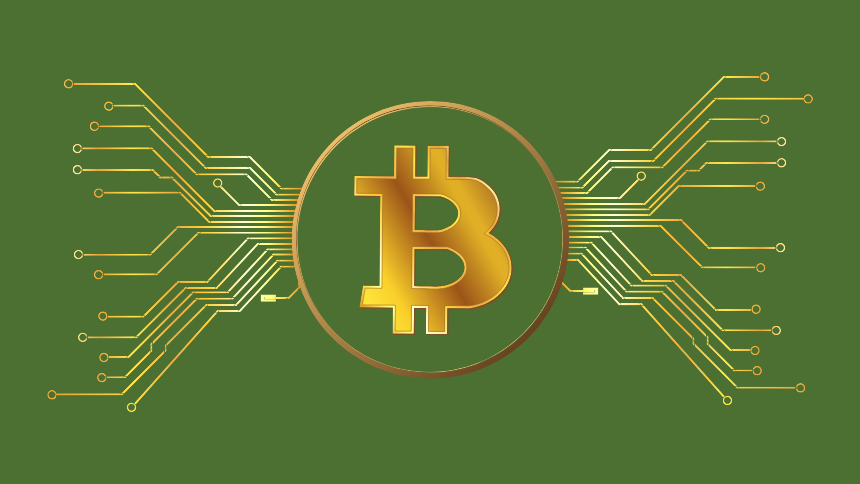Crypto transaction ID, often abbreviated as TXID, serves as a unique identifier for transactions on blockchain networks. Tracking a transaction’s progress and verifying its details is essential for crypto users to ensure transparency and security. Blockchain explorers are powerful tools that allow individuals to search for and analyze blockchain data, including transaction details, in a user-friendly manner. In this article, we’ll explore how to check crypto transaction IDs using blockchain explorers, providing beginners with a step-by-step guide to navigate the world of blockchain transactions.
Understanding Crypto Transaction IDs:
Before diving into how to use blockchain explorers, let’s first understand what crypto transaction IDs are and why they’re important. A crypto transaction ID is a unique alphanumeric code assigned to each transaction on a blockchain network. It acts as a digital fingerprint, providing a traceable record of the transaction’s sender, receiver, amount, and timestamp. Crypto transaction IDs enable users to track the status of their transactions, verify their authenticity, and resolve any discrepancies or issues that may arise during the process.
How to Check Crypto Transaction ID with Blockchain Explorer:
Now, let’s explore the step-by-step process of using a blockchain explorer to check a crypto transaction ID:
Choose a Blockchain Explorer:
There are several blockchain explorers available for different blockchain networks, such as Bitcoin, Ethereum, and Binance Smart Chain. Popular blockchain explorers include Blockchain.com for Bitcoin, Etherscan.io for Ethereum, and BscScan.com for Binance Smart Chain. Choose a blockchain explorer that supports the blockchain network of the crypto transaction you want to check.
Locate the Transaction ID:
To check a crypto transaction ID, you’ll first need to locate the transaction ID associated with the transaction you want to track. This transaction ID is typically provided by the sender or displayed in your crypto wallet’s transaction history. It is a long string of alphanumeric characters unique to each transaction.
Enter the Transaction ID:
Once you’ve obtained the transaction ID, open the chosen blockchain explorer in your web browser and navigate to the transaction search or lookup feature. Enter the transaction ID into the search bar and initiate the search. The blockchain explorer will retrieve and display detailed information about the transaction, including its status, sender, receiver, amount, timestamp, and number of confirmations.
Review Transaction Details:
Take the time to review the transaction details carefully to ensure accuracy and completeness. Verify that the sender and receiver addresses match your expectations and that the transaction amount aligns with the intended transfer. Pay attention to the transaction status, which may indicate whether the transaction is pending, confirmed, or failed.
Explore Additional Features:
Blockchain explorers offer additional features and functionalities beyond transaction lookups. Take advantage of these features to gain deeper insights into blockchain data and activity. You can explore block details, address balances, transaction history, network statistics, and more. Familiarize yourself with the various tools and options available to make the most of your blockchain exploration experience.

Benefits of Using Blockchain Explorers:
Using blockchain explorers offers several benefits for crypto users:
- Transparency: Blockchain explorers provide transparent and real-time access to blockchain data, allowing users to verify transactions and track their progress.
- Security: By enabling users to verify transaction details and monitor blockchain activity, blockchain explorers enhance security and trust in the crypto ecosystem.
- Accountability: Blockchain explorers promote accountability and integrity by facilitating public scrutiny of blockchain transactions and ensuring compliance with network rules and standards.
- Education: Exploring blockchain data through blockchain explorers can enhance users’ understanding of blockchain technology and its applications, empowering them to make informed decisions and participate more effectively in the crypto space.
Conclusion:
In conclusion, checking crypto transaction IDs with blockchain explorers is a valuable skill for crypto users seeking to monitor and verify their transactions on blockchain networks. By following the simple steps outlined in this guide and leveraging the capabilities of blockchain explorers, beginners can gain greater transparency, security, and confidence in their crypto transactions. Whether you’re sending cryptocurrencies, receiving payments, or conducting business on blockchain networks, blockchain explorers are indispensable tools for navigating the complexities of the crypto landscape in India and beyond.
